How to Make Self-Rising Flour
on Apr 27, 2022, Updated Mar 06, 2024
This post may contain affiliate links. Please read our disclosure policy.
Make self-rising flour yourself in 1 minute from pantry staples.
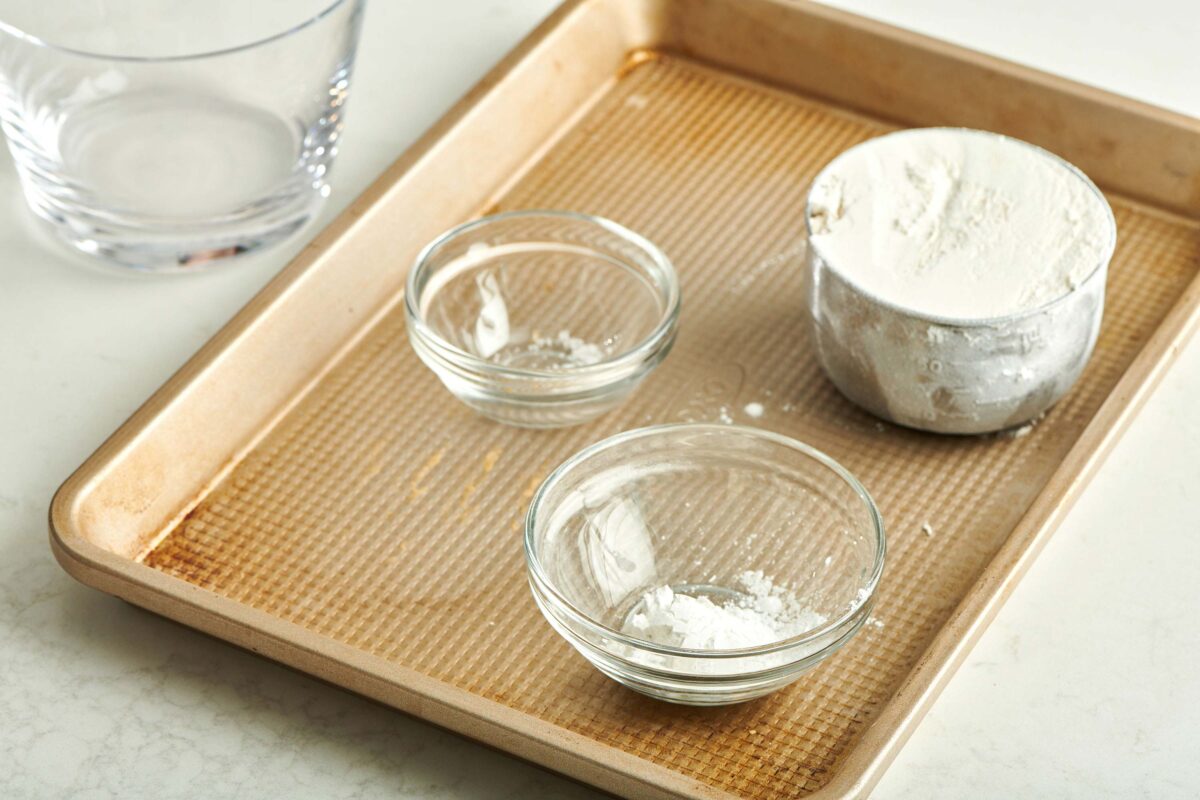
No self-rising flour? Save yourself a trip to the store and make it yourself in seconds with all-purpose flour, salt, and baking powder!
Any baker will tell you that they’ve had a moment where they realized a recipe calls for self-rising flour, and it’s just not in the cupboard. But it takes less than one minute to make your own, and you probably have the ingredients in your pantry! Sometimes, we just can’t head out the door for one ingredient, and this is the 1-minute homemade substitute.
By signing up, you agree to our Privacy Policy.
What's In This Post?
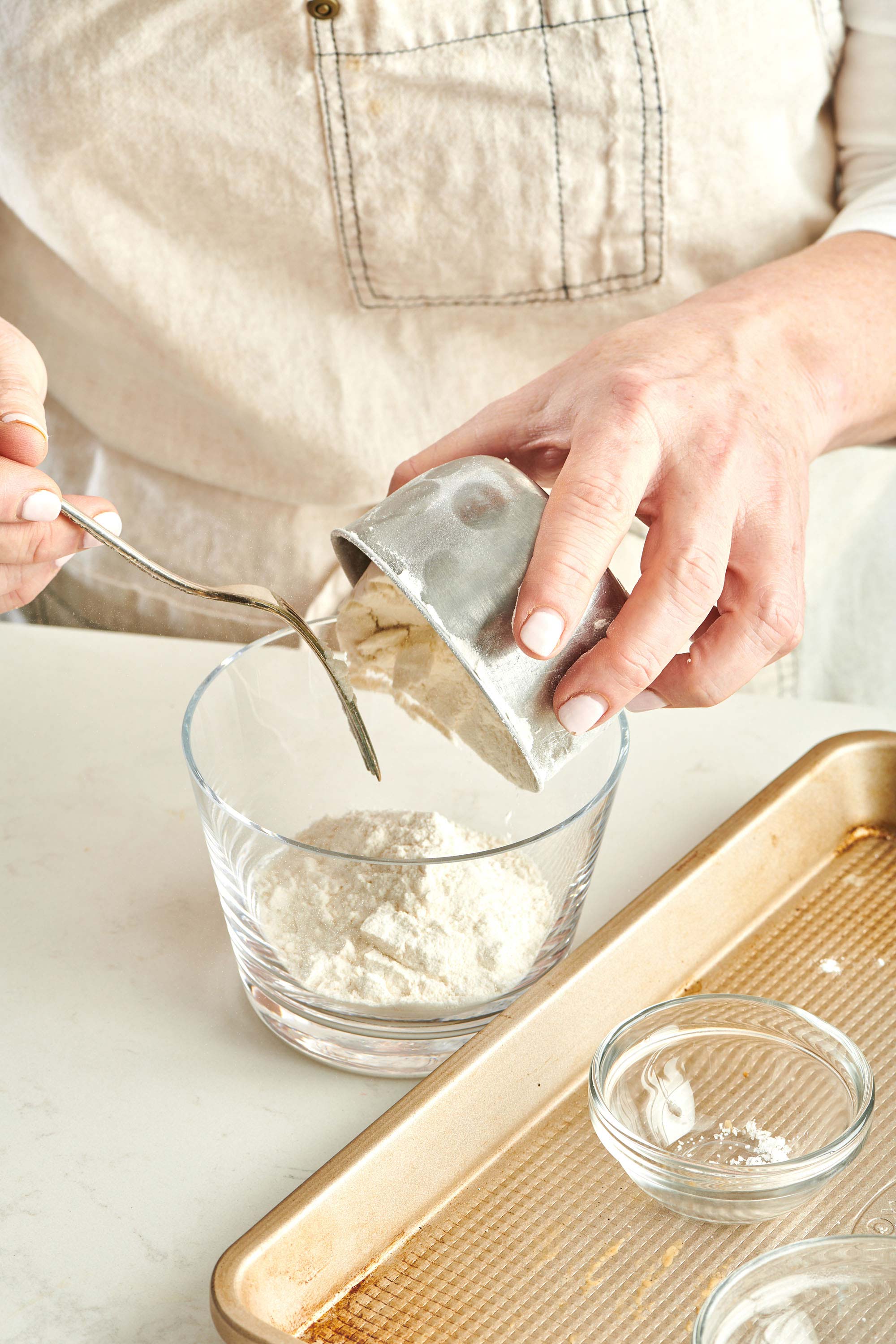
What Is Self-Rising Flour?
Packaged self-rising flour is simply a combination of all-purpose flour, baking powder, and salt, exactly what you are creating here! It is used to help various baked goods rise, usually in recipes such as cakes and muffins. Sometimes, commercially made self-rising flour is made with a base flour with a slightly lower protein content than regular all-purpose flour, which results in more tender baked products. However, the difference is small, and this substitution will work beautifully.
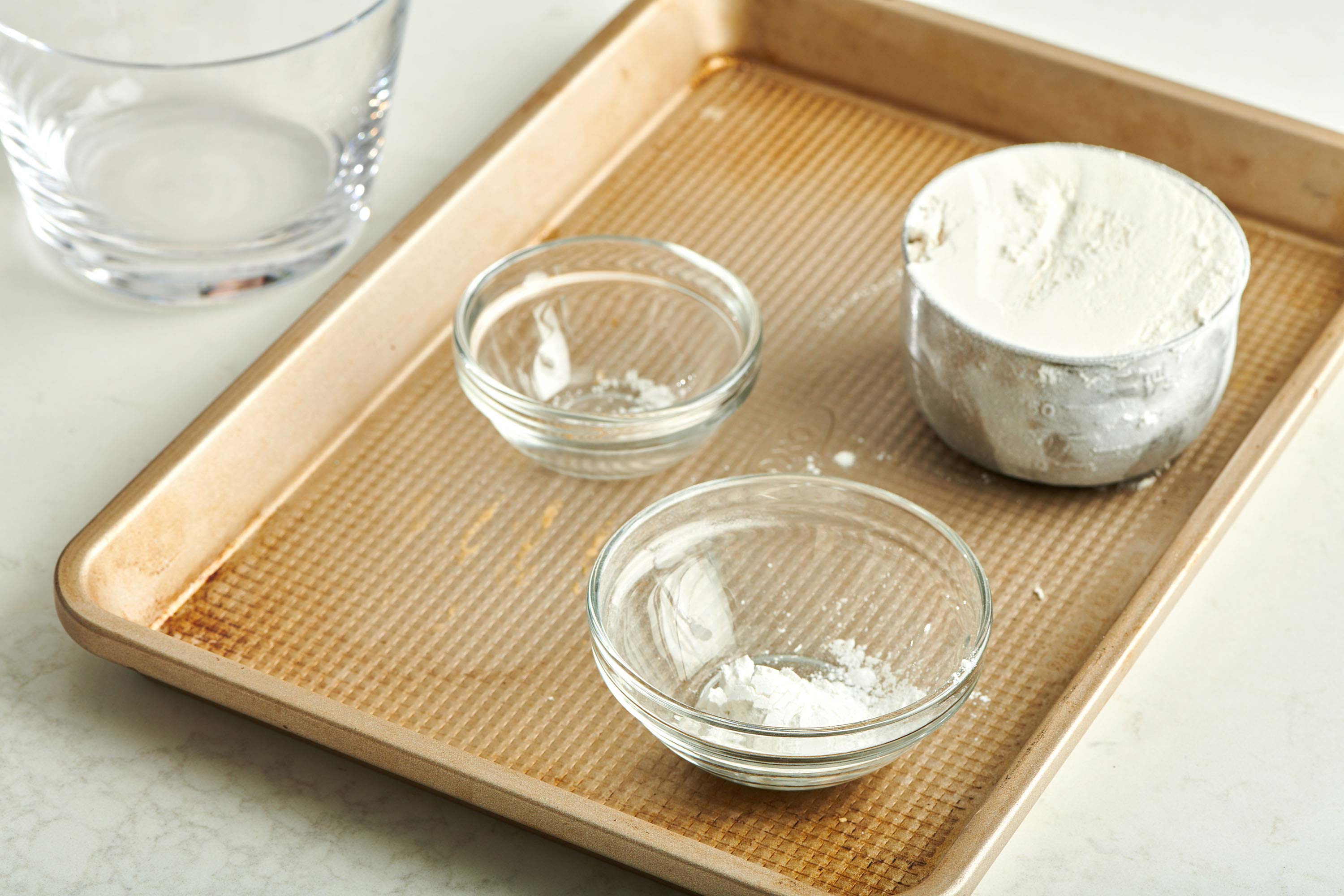
How to Make Self-Rising Flour
For each cup of self-rising flour, whisk together 1 cup of all-purpose flour with 1 1/2 teaspoons of baking powder and 1/4 teaspoon of kosher salt. Make sure to whisk the mixture throughout so that all of the dry ingredients are evenly combined and blended. A whisk or a fork is a better tool for this than a spoon, but a spoon will work in a pinch.
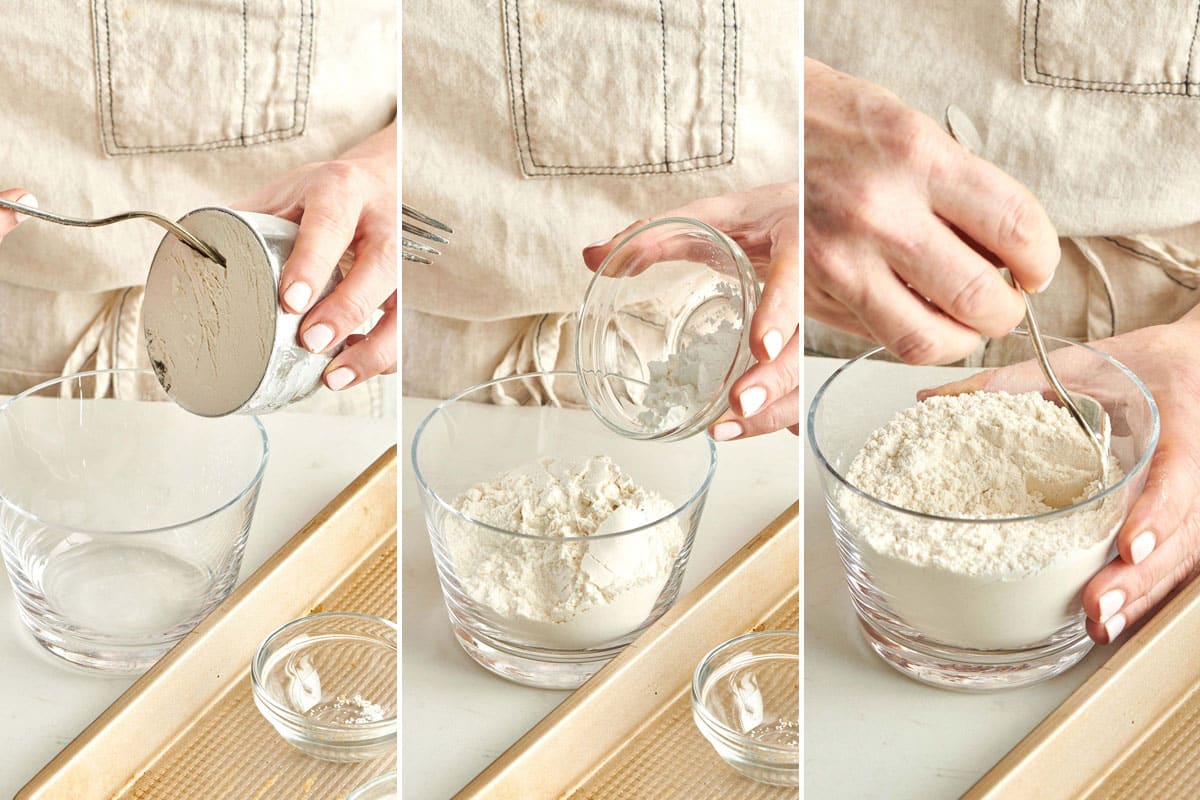
| To Make Self-Rising Flour | All-Purpose Flour | Baking Powder | Kosher Salt |
|---|---|---|---|
| 1 cup | 1 cup | 1 1/2 teaspoons | 1/4 teaspoon |
| 1 1/2 cups | 1 1/2 cups | 2 1/4 teaspoons | 3/8 teaspoon |
| 2 cups | 2 cups | 3 teaspoons | 1/2 teaspoon |
| 2 1/2 cups | 2 1/2 cups | 3 3/4 teaspoons | 2/3 teaspoon |
| 3 cups | 3 cups | 4 1/2 teaspoons | 3/4 teaspoon |
| 3 1/2 cups | 3 1/2 cups | 5 1/4 teaspoons | 7/8 teaspoon |
| 4 cups | 4 cups | 6 teaspoons | 1 teaspoon |
All-Purpose Flour Substitute
If you want to use self-rising flour in a recipe that calls for all-purpose or regular flour, replace the amount of all-purpose flour called for, omit the baking powder, and reduce the salt by about half (or proportionately).
What Kinds of Recipes Call for Self-Rising Flour?
Tender baked goods like biscuits, scones, cakes, muffins, and quick breads may call for self-rising flour. Don’t use it in yeast breads — you already have another leavening at work there.
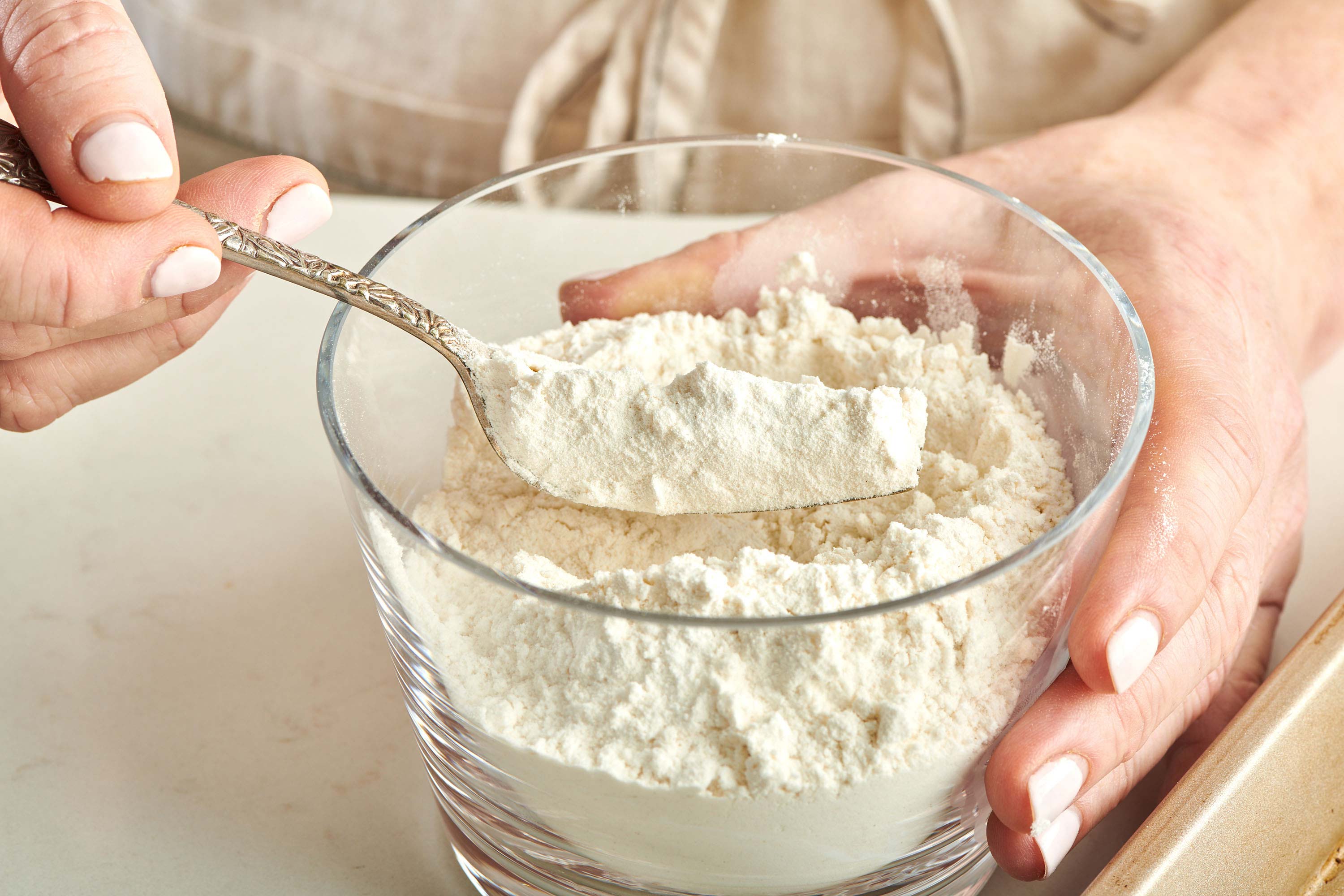
More Kitchen Tips and Tricks
- How to Make Buttermilk
- How to Substitute Baking Soda and Baking Powder
- How to Blind Bake a Pie Crust
Pin this now to find it later
Pin It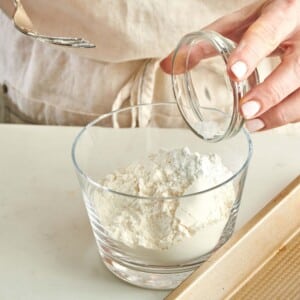
How to Make Self-Rising Flour
Ingredients
- 1 cup all-purpose flour
- 1 ½ teaspoons baking powder
- ¼ teaspoon kosher salt
Instructions
- Combine the flour, baking powder, and salt in a small bowl and whisk until very well blended. Proceed with the recipe!








